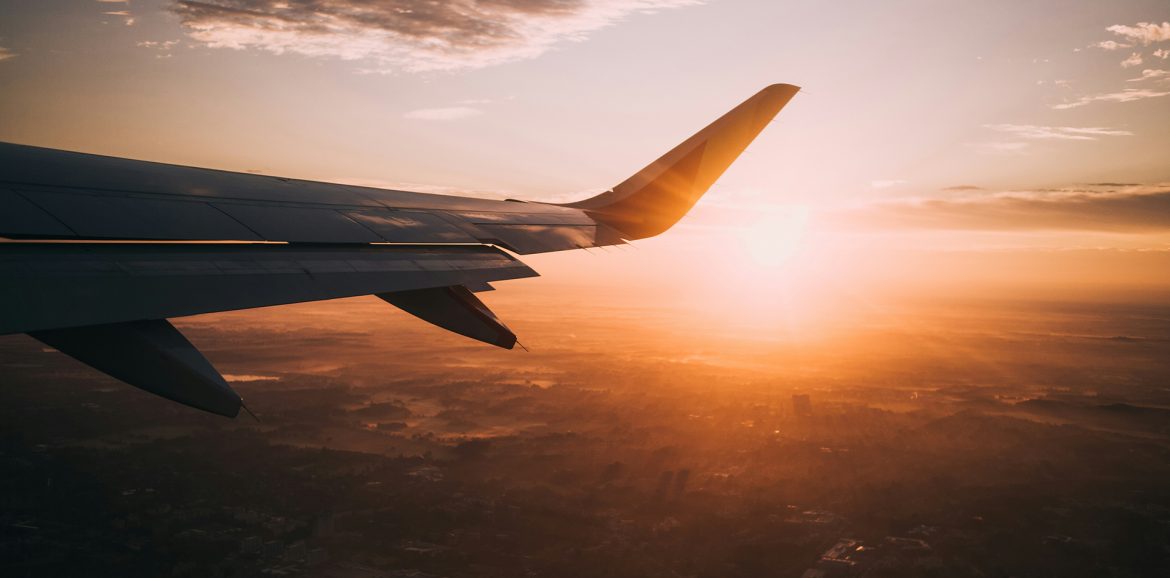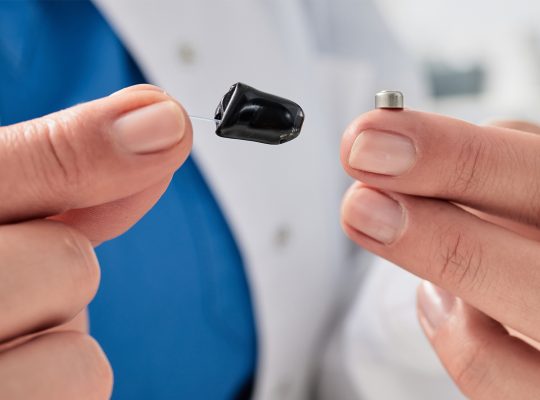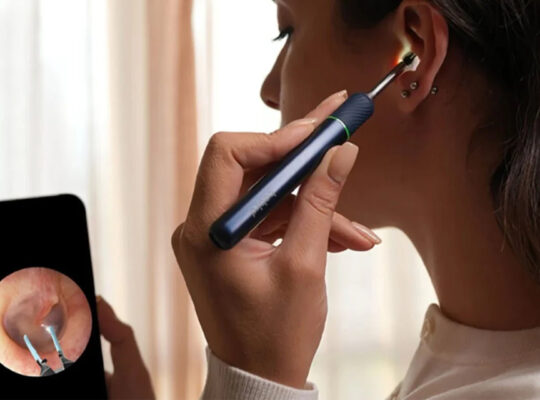A vacation on the horizon? Wonderful! But if you wear a hearing aid, it also means a little more preparation than just packing your toothbrush. Because without a properly functioning hearing aid, you are not only literally less accessible, your vacation enjoyment can also suffer greatly.
In this blog, we list the best things to bring, what to watch out for during your trip and how to avoid standing in an unfamiliar country with a deaf ear.
Before you leave: check
Before you close your suitcase, it’s smart to do a quick check of your hearing aid. Is everything working properly? Are the filters clean? Is there enough battery power in it? Just a little maintenance or checkup with your hearing care professional before you leave can prevent a lot of hassles on the road.
Going flying, into the mountains or to a tropical island? Then changing temperatures, humidity and altitude differences can affect your device. So make sure you are prepared for different conditions.
Checklist: what to bring?
Exactly what you need depends on the type of hearing aid you wear. But in general, take too much rather than too little. Some items are hard to get at your destination – or only with delays or at high cost.
1. Sufficient batteries or a charger
If your device is battery-powered: bring an ample supply, especially if you are traveling to a remote or warm country. Consider at least one set per day, plus extras for emergencies.
Do you have a rechargeable device? Then don’t forget your charger and possibly a spare cable. And check in advance if you need a world plug for your destination.
2. Drying box or drying capsules
Heat, sweat and moisture are no friends to your hearing aid. A drying box (preferably electric or with UV light) helps keep your instruments dry and fresh. Prefer to go lightweight on the road? Then drying capsules are a great alternative.
3. Cleaning materials
A clean device works better and lasts longer. Make sure you take this with you:
- Cleaning spray or wipes
- Earwax hook or brush
- Possibly new filters or domes
When in doubt, contact your hearing care professional for a compact cleaning kit suitable for your device.
4. Spare parts
Consider:
They take up little space and can save a lot of frustration if something breaks down along the way.
5. Waterproof storage box
Invest in a sturdy, water-resistant storage box. That way you can safely store your hearing aid when you go swimming, shower or walk through a tropical rainstorm.
6. Manual or instruction card
Print or download a short manual of your device in English or the language of your destination. If you find yourself in an emergency situation or need to explain to someone how your device works, it’s handy.
7. Hearing protection (optional)
Will you be flying or traveling to a noisy destination? Then consider bringing earplugs against pressure or noise. This will protect your ears as well as your device from extreme situations.
On the plane: paying attention for a moment
You can just keep your hearing aid on during the flight. It doesn’t interfere with electronic systems and you don’t have to turn it off on takeoff or landing. Still, there are a few things to watch out for:
- Pressure differences may cause you to temporarily hear less or experience a “full” feeling in your ears. Swallowing, yawning or chewing gum helps with this.
- If necessary, turn down the volume on your device slightly if you experience more ambient noise during takeoff.
- Flying for a long time? Make sure your batteries or charger are in your carry-on luggage – not in the hold!
At your destination: dry, safe and clean
Sun, sea and beach? Wonderful. But for your hearing aid, these are somewhat less than ideal conditions. Here’s how to keep everything working properly:
- Wear a hat or cap against excessive sun and sweat.
- Get your device out when swimming or snorkeling – even if the water hits your ears “only briefly.
- Use a drying box overnight to remove moisture.
- Do not leave your device in full sunlight, such as on a beach towel or dashboard.
Activities and outings
If you are actively out and about – hiking, biking, a boat ride – make sure your device is secure. Sturdy goggles or a hearing aid clip can help prevent loss.
Going to a concert, busy market or other noisy place? Then you can temporarily turn off your device or switch to a special program for lots of background noise, if your device supports it.
What if something goes wrong anyway?
An accident is in a small corner. Does your hearing aid fall in the water, get lost or suddenly stop working? Then this will help:
- Allow the unit to dry thoroughly (do not blow dry or place on the heater).
- Use a drying box or silica bags to pull out moisture.
- Contact your hearing care professional – often they can advise you remotely.
- Check if your travel insurance covers hearing aids, especially in case of loss or theft.
If necessary, consider temporarily taking a spare or loaner device with you when you travel. This can provide peace of mind, especially on longer trips or faraway destinations.
Finally, above all, don’t forget to enjoy
A hearing aid belongs to you – just like your passport, sunglasses and your favorite travel book. If you prepare properly and bring the right gear, you can hit the road without worry. You deserve a vacation in which you experience everything: conversations, sounds, music, nature, the voice of your travel companion.
So take care of your ears as well as your device – and enjoy the world around you to the fullest.








